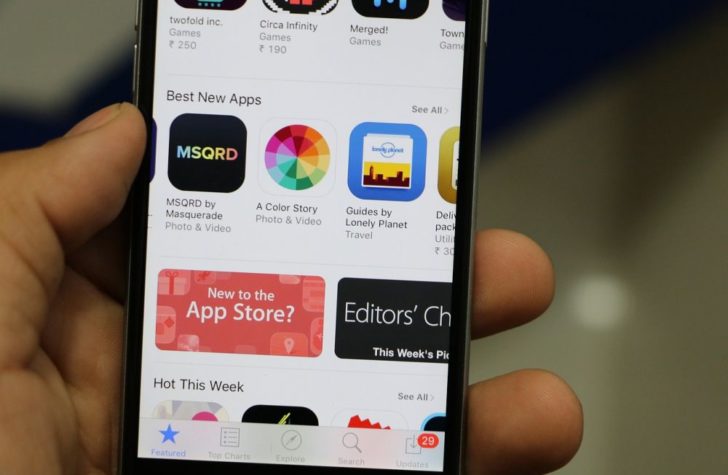Google Translate App: Revolutionizing Language Translation

Introduction
The Google Translate app has emerged as a game-changer in the world of language translation. With its intuitive interface and powerful features, it has become a must-have tool for language enthusiasts, travelers, and even professionals. In this article, we delve into the intricacies of the Google Translate app, providing a comprehensive overview for those interested in exploring its potential.
A Brief Overview of the Google Translate App

The Google Translate app is a free mobile application developed by Google, allowing users to instantly translate text, speech, images, and even real-time conversations across more than 100 languages. It leverages cutting-edge machine learning and deep neural networks to deliver accurate translations in a matter of seconds, constantly evolving to improve its accuracy and usability.
Key Features and Benefits
The Google Translate app encompasses a plethora of features, making it an indispensable tool for anyone dealing with language barriers. Some noteworthy features include:
1.
Text Translation: Users can easily translate written text by typing or pasting it into the app. The app recognizes the input language automatically and provides a translation in the desired target language.
2. Camera Translation: Leveraging the smartphone’s camera, the app can translate text from images, signs, and menus in real-time. This feature proves invaluable when traveling to foreign countries and deciphering unfamiliar languages.
3. Voice Translation: With the app’s speech recognition capabilities, users can speak directly into their device, translating their words into different languages. This feature facilitates natural communication with people from different linguistic backgrounds.
4. Conversation Mode: This powerful feature allows users to have a real-time conversation with someone who speaks a different language. By simply speaking into their device, the app translates the spoken words and displays them on screen, enabling seamless communication.
5. Offline Translation: One of the app’s standout features is the ability to access translations without an internet connection. Users can download specific language packs in advance, ensuring translation availability even in remote locations.
Historical Development of the Google Translate App
Over the years, the Google Translate app has undergone significant transformations, continually evolving to enhance user experience and accuracy.
1. Inception and Early Years: The Google Translate app was initially introduced in 2010, acting as an extension of the web-based Google Translate service. It provided basic translation features but lacked the sophistication of its current iteration.
2. Evolution of Neural Machine Translation: In 2016, Google introduced the Neural Machine Translation (NMT) technology to its translation service. This marked a turning point, as NMT significantly improved translation quality, reducing errors and providing more nuanced translations.
3. Addition of Camera Translation: In 2015, Google integrated the camera translation feature into the app, enabling users to translate text in real-time by pointing their device’s camera at the desired text. This innovation opened up endless possibilities for travelers and language enthusiasts.
4. Continuous Improvements: Google has consistently worked to refine the app’s capabilities. Through ongoing updates and refinements, the accuracy and speed of translations have improved, making the app more dependable than ever before.
Optimizing the Article for Featured Snippets
To increase the chances of this article being featured as a snippet in a Google search, it is imperative to structure the text in a way that aligns with Google’s guidelines. Here’s a suggested structure:
1.
2. Introduction
3. Key Features and Benefits
– Bullet points highlighting the app’s features
4. Historical Development of the Google Translate App
– Subsection 1: Inception and Early Years
– Subsection 2: Evolution of Neural Machine Translation
– Subsection 3: Addition of Camera Translation
– Subsection 4: Continuous Improvements
Conclusion
In conclusion, the Google Translate app has come a long way since its inception, revolutionizing language translation with its advanced features and sophisticated technology. Whether you are a language enthusiast, a frequent traveler, or a professional dealing with multilingual communication, the app has something to offer. By combining intuitive functionality and powerful translation capabilities, it has undoubtedly solidified its position as the leading language translation tool in the market. So why not unlock the world of languages with the Google Translate app today?

















